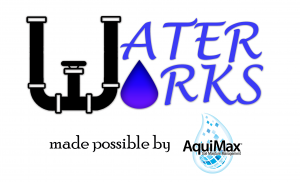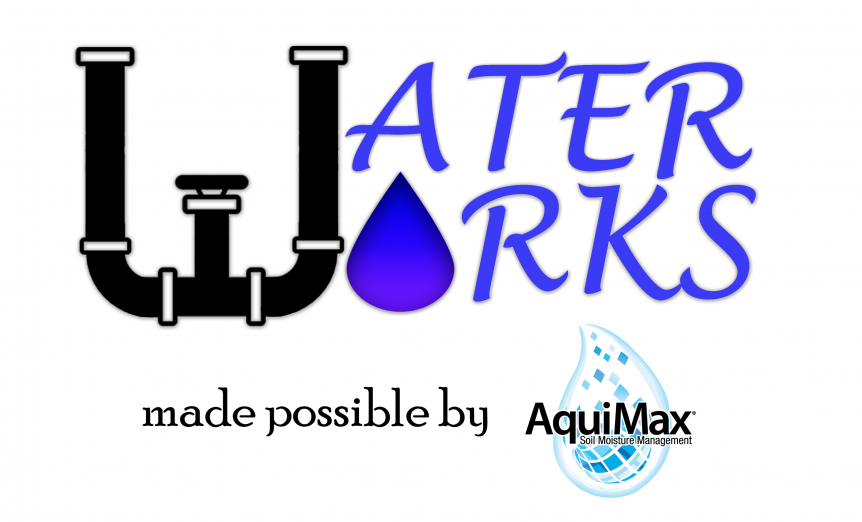In today’s Water Works, brought to you by AquiMax, as the new water year begins the California Department of Water Resources (DWR) has released the annual water year recap titled “Water Year 2018: Hot and Dry Conditions Return.” The report illustrated below average precipitation for the year, highlighting the variability of California’s climate and rainfall.
 “The recent record-breaking drought was followed by the second-wettest year on record in 2017, followed by another dry year,” said DWR Director Karla Nemeth in a press release. “Climate change models predict extreme variability in precipitation to be the new norm, which requires us to be ever more vigilant in our flood and drought preparedness.”
“The recent record-breaking drought was followed by the second-wettest year on record in 2017, followed by another dry year,” said DWR Director Karla Nemeth in a press release. “Climate change models predict extreme variability in precipitation to be the new norm, which requires us to be ever more vigilant in our flood and drought preparedness.”
The report described California as being “hot, dry, and on fire,” noting the record-setting fires throughout the state which also caused significant damage to water infrastructure. California was fortunate enough to have infrequent periods of significant rainfall despite overall conditions remaining drier than average. It was a significant contrast to the exceptional amount of rainfall California got in the water year 2017, which was the second wettest year on record for rainfall.
As of April 1, 2017, the date typically used to measure peak accumulation, the statewide snowpack was at 159 percent of the historical average. The snowpack on April 1 of this year was only 58 percent of the average. The significant decline in the amount of snow California received was also continued throughout the state with precipitation levels notably less than historical averages.
The report shows that most of Southern California received only half or less than half of the average amount of yearly precipitation. The Tulare basin received 62 percent of the yearly average and the San Joaquin River basin got 74 percent of the historical average. The Sacramento River Basin watershed ended the year in the best condition at 79 percent of the average.
The water year 2018 also followed a warming trend that has been on the rise since the 1980s. July 2018 was the warmest July that California has experienced since recordkeeping for statewide average temperatures began in 1895. The South Coast region of the state also set new records for maximum temperatures over the summer.
The new water year will run from October 1, 2018, until September 30, 2019. Current forecasting capability is unable to determine a reliable prediction for the coming water year. The water year 2018 could have been an isolated dry year, or water year 2017 could have been an anomalously wet year in a long-term drought.
Listen to the report below.










